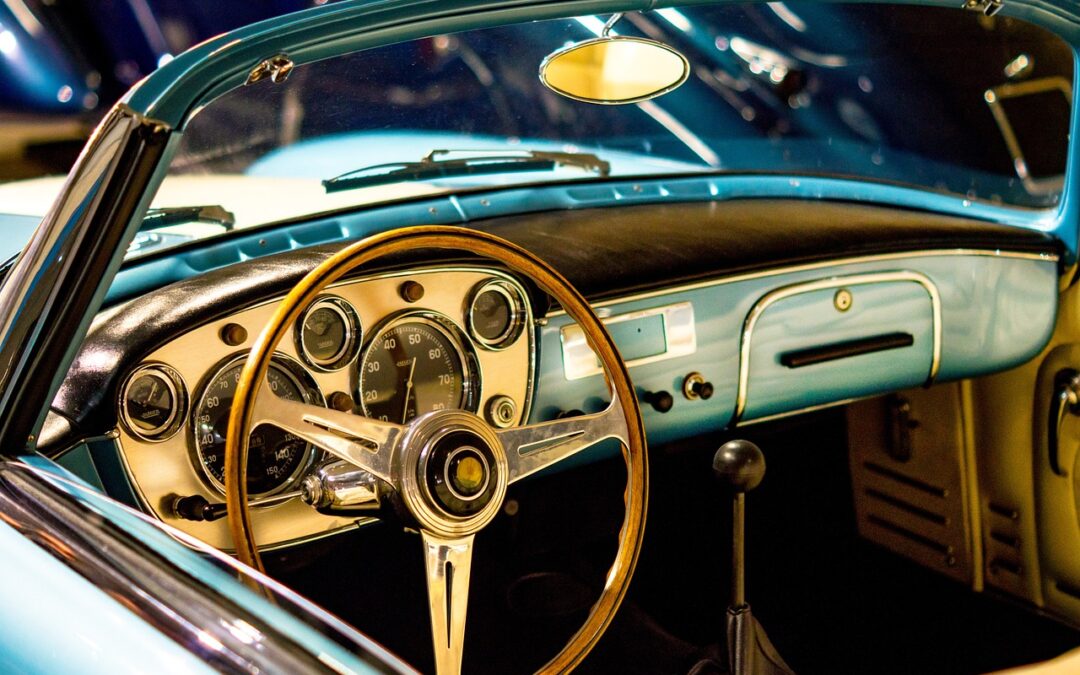The classic Ford Thunderbird, produced between 1955 and 1957, is a symbol of automotive elegance and performance from the golden age of American cars. However, like all vintage vehicles, maintaining the Thunderbird in prime condition requires particular attention to its cooling system. This system is crucial for preventing engine overheating, which can lead to severe damage and costly repairs. In this detailed guide, we’ll explore how to optimize the cooling system of your 1955-1957 Thunderbird to ensure smooth and cool runnings.
Understanding the Basics: Thunderbird Cooling System Components
Before diving into maintenance tips, it’s essential to understand the key components of the Thunderbird’s cooling system:
- Radiator: Acts as the primary heat exchanger, cooling engine coolant after it has circulated through the engine.
- Thermostat: Regulates coolant flow to maintain consistent engine temperatures.
- Water Pump: Circulates coolant through the engine, radiator, and heating system.
- Hoses: Transport coolant to and from the engine and radiator.
- Fan: Draws air through the radiator to aid in cooling the coolant.
Regular Maintenance: The Key to Efficiency
1. Check and Replace the Coolant
Coolant, or antifreeze, is critical in preventing your engine from overheating and freezing. For optimal performance:
- Check the coolant level regularly and top it up if necessary. It’s not just about the amount; condition matters too.
- Replace the coolant every two years. Over time, coolant loses its efficacy and can become corrosive, potentially damaging the engine and radiator. Ensure you use a coolant that’s compatible with your Thunderbird’s engine to avoid chemical mismatches that can lead to corrosion.
2. Inspect and Clean the Radiator
The radiator can accumulate dirt, debris, and rust over the years, which can significantly reduce its efficiency. To maintain optimal cooling:
- Inspect your radiator for any signs of corrosion or damage. Small leaks can often be repaired, but extensive damage may require a full replacement.
- Clean the radiator externally by gently hosing down fins and removing debris. Be careful not to bend the fins, as this can restrict airflow and reduce the radiator’s effectiveness.
3. Thermostat Testing and Replacement
A faulty thermostat can cause your engine to overheat or run too cold, both of which are harmful:
- Test the thermostat by observing how quickly the engine heats up. If the engine takes too long to warm up or overheats quickly, the thermostat may not be opening and closing at the correct temperatures and should be replaced.
4. Water Pump Functionality
The water pump is another component prone to wear and tear:
- Listen for noises from the water pump area; a whining sound can indicate a failing pump. Also, check for leaks around the pump. Any sign of coolant leakage or noisy operation should be addressed by replacing the pump.
5. Hose Inspection and Replacement
Coolant hoses can become brittle and crack over time:
- Regularly inspect all coolant hoses for signs of wear, soft spots, or leaks. Replace any questionable hoses to prevent sudden failures. It’s often advisable to replace all hoses every few years as a preventative measure.
Upgrading Your Cooling System
While maintaining the original parts is essential for authenticity, some upgrades can enhance the performance and reliability of your cooling system without compromising the classic look of your Thunderbird:
1. Electric Fan Conversion
Replacing the original mechanical fan with an electric fan provides better cooling efficiency because it can run independently of engine speed:
- Install an electric fan to improve cooling by providing constant airflow, especially useful in traffic where air flow is reduced.
2. Aluminum Radiator
An aluminum radiator can be a significant upgrade over the original:
- Consider an aluminum radiator for better heat dissipation and cooling efficiency. They are lighter and often more robust than the older brass-style radiators.
3. Enhanced Coolant Additives
Modern coolant additives can help protect against corrosion and build-up inside the cooling system:
- Use a coolant additive designed for vintage cars to help maintain the integrity of the engine and cooling system.
Professional Help and Routine Checks
Regular checks and maintenance can often be handled by a dedicated enthusiast, but don’t hesitate to seek professional help for more complex issues like pump replacement or radiator repairs. Additionally, establish a routine check-up schedule to regularly assess the condition of the cooling system, especially before embarking on long drives.
Conclusion
Maintaining the cooling system of your 1955-1957 Thunderbird is crucial for ensuring the longevity and performance of your classic car. Regular maintenance, coupled with thoughtful upgrades, can significantly enhance the system’s effectiveness and efficiency. By taking proactive steps to care for your Thunderbird’s cooling system, you can enjoy smooth and cool runnings, preserving the legacy of your classic Thunderbird for years to come. Whether cruising city streets or hitting the highway for a car show, your Thunderbird will remain as cool as it looks, ready to turn heads and capture hearts.

